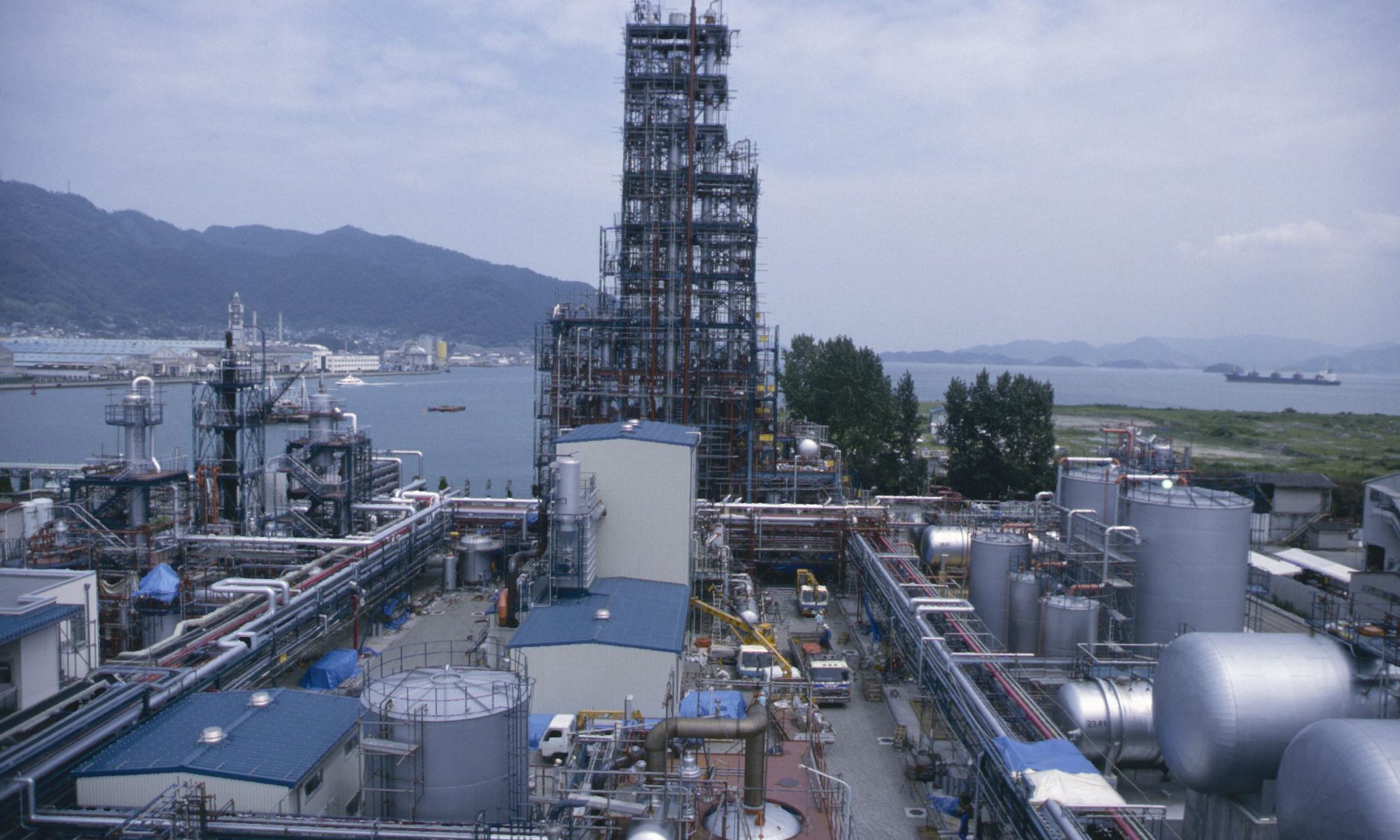The starting point was when a refrigerant business entered the HFA (Hydrofluoroalkane) market because the recently discovered hole in the ozone layer drove the decision to change its product offering, requiring the development of a new process to achieve this. The initial pilot plant had been built in the UK to demonstrate the basic technology and now the business was expanding globally, with plants to be built in the USA and Japan.
The USA plant execution was very interesting in its own right, particularly when compared to the Japanese experience, for the purposes of this article we will concentrate on what happened in Japan with some reference to the USA. The Japanese plant was to be a 50:50 JV where the UK company provided the technology and engineering and the Japanese partner provided the site and the operating team. Finance was raised in Japan and was a mixture of debt and equity.
The first decision was the appointment of the contractor for the execution, which was achieved by examining both the technical expertise and the cultural fit. The company eventually appointed was a bridge between the Japanese way of doing things and the Western approach. This worked extremely well over the life of the Project.
The front end design was carried out by a team selected from the UK company, Japanese JV partner and the contractor, this was purposely done at a remote location in the UK, both to keep focus and prevent the main organisation from trying to interfere in what was happening. The objective here was to get a clear performance specification of the requirements to the Japanese contractor to allow the detail engineering, procurement and construction to take place. Everything was reviewed before issue to Japan by a multifunctional team, all the technical, engineering, construction and operational issues were assessed using the HAZOP structure. A key Project challenge here was to maintain the flow of communication between the teams without any team or member over complicating things or taking control inappropriately.
A parallel approach was used to reduce the timescale of the Project by running the major activities alongside each other as far as practically possible; which also benefited the internal feedback and the overall performance of the Project.
When the Project was being executed it became apparent that the market was bigger and the pricing per kg of product was lower, weakening the business case considerably. Whilst the Project execution was underway technical developments had been taking place in the lab indicating that the existing plant capacity could be expanded by altering the process slightly and changing the operating procedure. This was a subject of discussion with the senior management during the construction of the plant, which was now coming in considerably under budget. This budget undershoot had been achieved by the clear performance specification at the outset, good supplier engagement, together with the Japanese approach of “right first time”, where rework was minimal and commissioning was largely a ceremonial switch on. The results in the USA, with largely the same process technology, were very different; many more issues had to be dealt with to get that plant operational.
Before the chemical plant in Japan was fully operational an upgrade programme was launched using the already identified improvements to meet future market projections, showing that to be competitive the capacity had to be increased by around a factor of three, this was accomplished by using the remaining money in the capital budget. Following completion of the plant the business was viable over the long term.
In summary when investments are made in capital equipment or infrastructure which have very long lifecycles, measured in years; it is necessary to keep the value to be delivered under continuous review, to take actions early, before external events start to take control.

